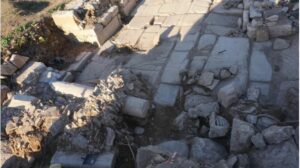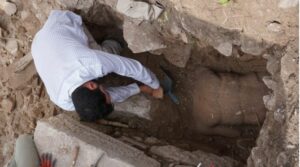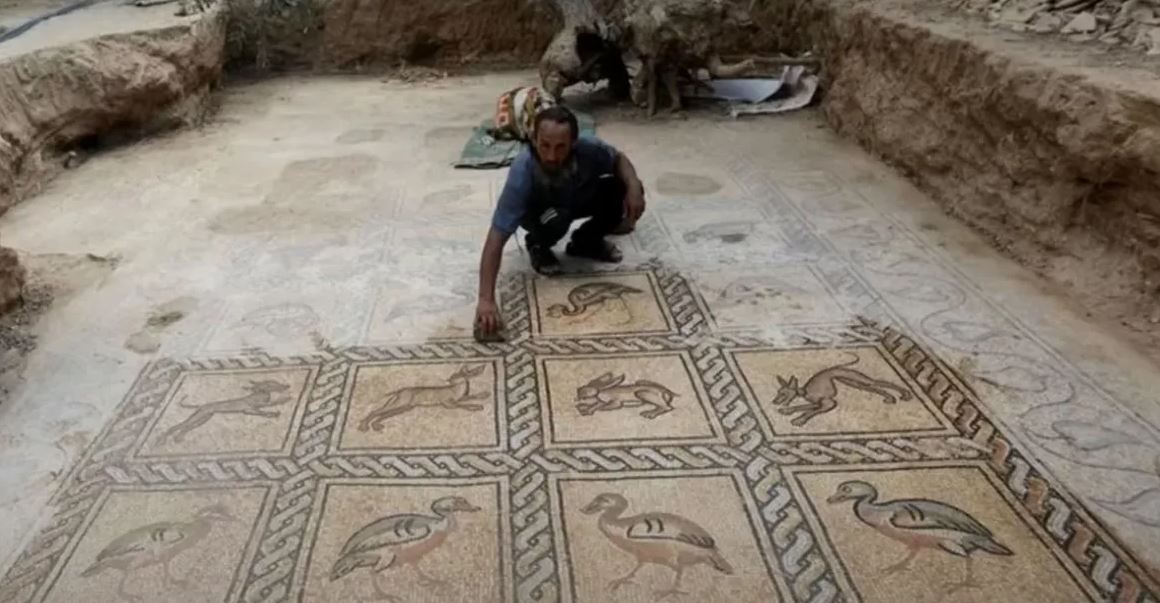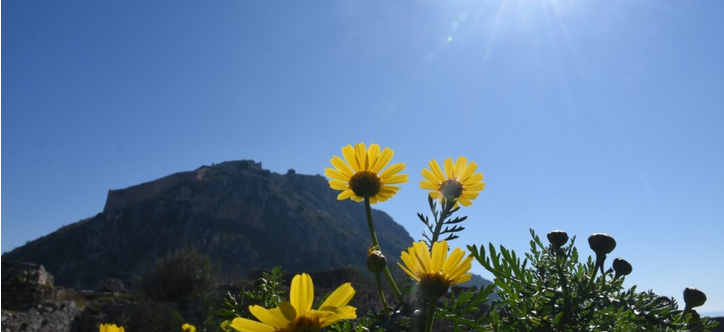Some impressive archaeological finds were unearthed during excavations at the ancient city of Philippi in Macedonia, northern Greece, including pieces of a larger-than-life-size statue of a youthful Hercules.
The statue, dated to the second century A.D., was found in a city square where two main streets intersected. It appears to have been reused to decorate a building dating to the late Byzantine period in the eighth or ninth century A.D. The figure wore a wreath of vine leaves and held a lion skin in his outstretched left hand. His club was found nearby in pieces.

In recent months the excavation, led by Aristotle University researchers, has focused on the eastern side of one of the city’s main thoroughfares, which at this point meets another main axis running further north. The point of convergence of the two streets is formed by a widening (a square) dominated by a richly decorated building, probably a fountain.
also read
Lefkada: Complete guide to the picture-perfect Ionian Island
Well known Cretan luthier suddenly collapsed and died in front of children and wife
The building had a special architectural decoration, fragments of which were uncovered. Its adornment was completed by an impressive statue from Roman times (2nd century AD). The statue, whose size is larger than life, depicts Hercules barren with a youthful body. The club, which has been found in fragments, and the lion hanging from the outstretched left hand attest to the identity of the hero. On the earl’s crest, he wears a wreath of vine leaves which is held at the back by a band whose ends end at the shoulders.

The specific statue adorned a building that, according to the excavation findings, dates back to the 8th/9th century AD. We know from the sources as well as from the archaeological data that in Constantinople statues from the classical and Roman period adorned buildings and public spaces until the late Byzantine period.
This find demonstrates the way public spaces were decorated in the important cities of the Byzantine Empire, including Philippi.
The excavation, which is being carried out by the team of the Aristotle University of Philippi, with the director of the excavation Professor Natalia Poulos and collaborators Assistant Professor Anastasios Tantsi and Emeritus Professor Aristotle Menzotha, will continue next year as well.





































